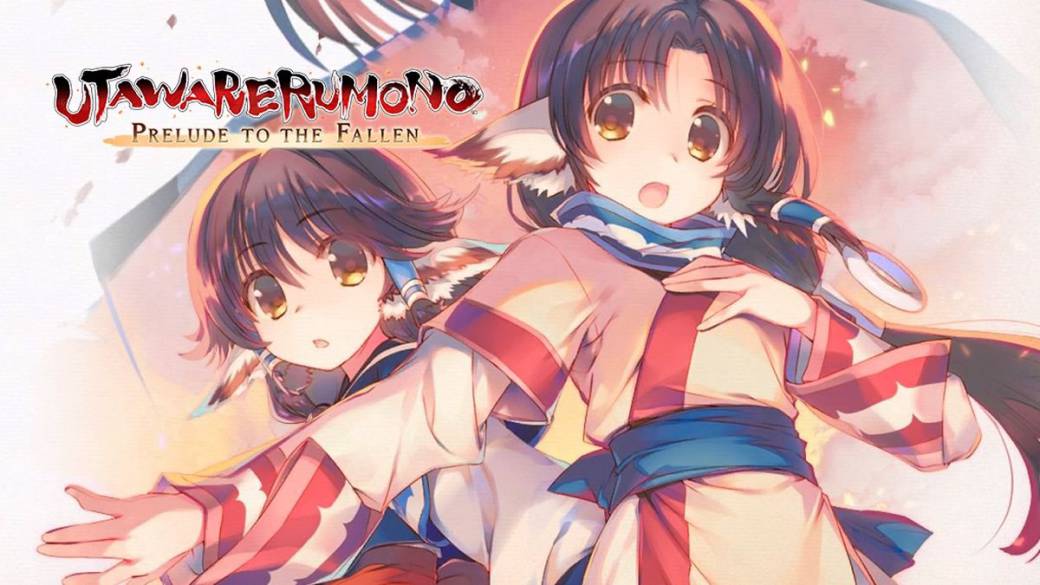
We analyze the remastered version of the first game in the Utawarerumono series, which chronicles the adventures of Hakuowlo with the young Eruuru and Aruuru.
The origins of the Utawarerumono series date back to 2002 when the original game for Windows was launched in Japanese territory, being distributed by the Aquaplus company and programmed by the Sting studio, known for previous titles such as Baroque, Riviera: The Promised Land or Evolution Worlds among others. Curiously, the game was originally intended as an eroge title for adult players, being later adapted to console platforms such as PlayStation 2 and PlayStation Portable in later years, eliminating suggestive content. The success of the game led to it receiving adaptations to manga and animated series.
Years later in the fight title Aquapazza: Aquaplus Dream Match, appeared on PlayStation 3 in Japanese territory in 2012 and in the United States the following year, which would include characters from different company franchises, including Utawarerumono, To Heart, Tears to Tiara, Comic Party or White Album among others, being until then the only glimpse of what would be seen from the saga at the moment. It would not be until 2016 that the saga would return to the current scene with the appearance of Utawarerumono: Mask of Deception that focused the story in the same world of the original game but with a new cast of characters, having a continuation and end of the series with its sequel, Utawarerumono: Mask of Truth, appeared in Japan in 2018, both games being the starting point for the saga to appear in western lands. Today we finally get the remastering of the first game in the series under the subtitle Prelude to the Fallen, which offers us this “lost chapter” to finally complete the history of the saga and learn about its origin.
The story of the game begins with the protagonist of the game, Hakuowlo, receiving the care of an elderly woman, Tuskur, and her two granddaughters, Eruruu and Aruruu, to heal the serious injuries that she has on her body. When trying to talk to him, they discover that he suffers from amnesia, unable to remember who he is and where he came from, at the same time that he wears a mysterious mask that covers his face and that he cannot remove. Over time, Hakuowlo is accepted by the inhabitants of the village who consider him to be another member of the village, apart from helping them to get more benefit through their knowledge, which translates into an improvement in the prosperity of the village and its inhabitants. .
However, this well-being is soon overshadowed by the ambitions of the emperor who imposes abusive conditions on the village in order to survive, which, after a series of unfortunate events, will result in the uprising of the villagers with Hakuowlo at the head directing them to finish with your ambitions and get your freedom. However, Hakuowlo is aware that this is only the beginning and that his actions will lead him and his new allies to a battle in which they will face various enemies who seek to destroy and subjugate them.
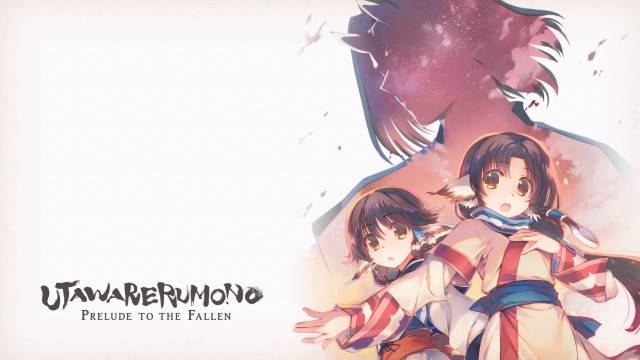
The game takes place in two different facets. On the one hand, there is the narrative part, which follows a traditional novel visual court scheme through static 2D-style illustrations together with strings of texts that will detail both the conversations between each of the characters at each moment and the descriptions of the situation. or inner thoughts from Hakuowlo’s perspective. This part will be the most likely part of the game, covering a high percentage of the game time dedicated to watching both events of the main plot and others of a secondary nature. On the other hand, there are the combat phases, which take place in a tactical RPG environment with 3D modeling and graphic environments in which to control the different units that will be offered in each of them to defeat the enemies and comply the objectives set to achieve victory.
The narrative development will focus on reading text sequences, either by pressing a button or automatically, to know the details of the story, but at the same time having intermissions in which a menu of options will be offered in which to choose other additional aspects, both system configuration, including saving the game as well as other additional options that will be detailed later. When it comes to proceeding, you may be given a choice between several locations to visit in order to see different events, in certain cases with some relevance to delve into characters or, failing that, other more casual with comic-style situations that offer a counterpoint to the regular tone offered by the game, mostly dramatic.
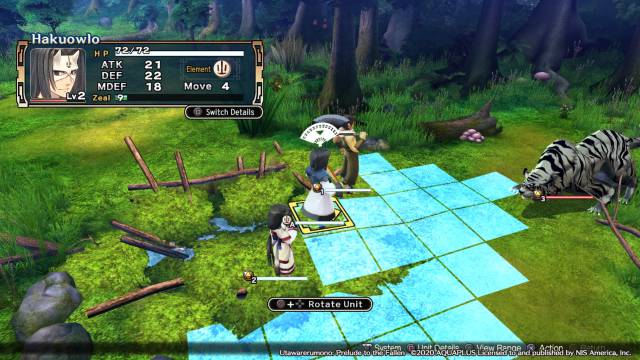
The combat phases follow the classic scheme of other tactical games, using allied units through a system of movement through squares to defeat the enemies while meeting the victory conditions and trying to avoid those of defeat. Before each combat scenario, the units that will participate can be chosen while configuring their equipment and the objects that they will carry. In the first instance there will only be two units, Hakuowlo and Teoro, but throughout the development of the game new units will be added to the total, including some with different weapons or even using mounts to attack, affecting their attack power, range and also in their mobility, as well as having additional skills. Although the majority will be attack units, there will also be others, as in the case of Eruruu, that will fulfill a different role, in this case as a healer, supporting other units that require it in times of need or others, Urutori, who They can use magic techniques to attack.
Each character will initially have a single attack when fighting, being able to learn new techniques when leveling up as well as new additional attack chains and final techniques that will help to cause greater damage. The latter will consist of the execution of a special attack of the character, of great power, through a video sequence with the game engine and that will have devastating consequences for the enemy’s life bar. Combined attacks can also be executed when the necessary conditions are met, the main unit spending a total of 70 zelis from the bar while the cooperation one will require a level of 50, also resulting in a powerful attack. Additionally, the characters, as well as the enemy units, will have a basic affinity between different elements such as water, earth, fire, wind, etc. which will determine the advantages of one unit over another when attacking.
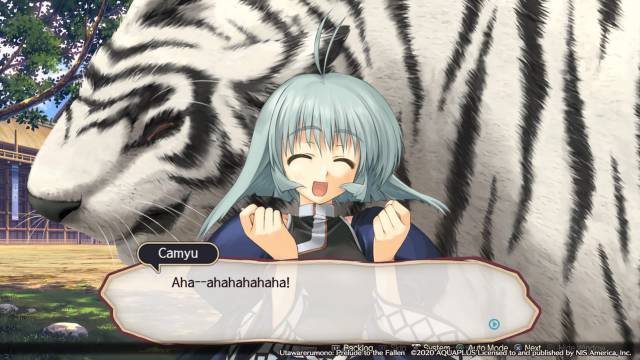
The characters will gain zelis that will be added to a special bar that, when reaching the maximum, will allow them to be spent to give more strength to the attack. A special bonus can be obtained if, when performing the attacks, the X button is pressed just at the moment when the technique circle, which will gradually decrease, coincides with the marked one. Another additional aspect is the fighter’s eye, an ability that certain units will have and that allows them to control enemies that will be within their special range, denoted by purple boxes, called the control zone, and will be able to prevent them from making an attack. on that shift. However, units with the Eye of Courage ability will be able to overcome this barrier. In certain encounters between enemy units it will be possible that when facing each other they have a small conversation that will denote the rivalry of both contestants.
With each attack or action carried out with effect for enemies and allies respectively, the units will gain experience, which will be detailed at the end of each phase, and will translate, if necessary, into the leveling up of each of them, being able to obtain new techniques and chain attacks in the process. In turn, they will earn bonus points (BP) that they can invest in improving the parameters of each character among three categories that will vary depending on the character. In the case of Hakuowlo, for example, the level of attack, defense and magic defense can be increased, while in the case of Eruruu this will apply the same in the last two parameters of the previous case but in this case affecting the healing power. It should be noted that each increase will require a fixed amount of bonus points to do so, which can be accumulated between each of the combat phases.
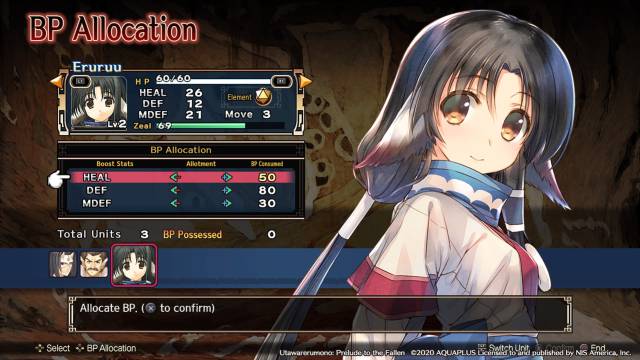
Although you can fight through the stages of the story, there are also additional options to gain more experience. The first one is the free battle in which you can fight again in each of the combat scenarios of the main story completed up to that moment, being limited in this option in terms of the use of certain units with respect to their role in the plot development and also in terms of rewards since you will not be able to obtain some for completing it for the first time. On the other hand, once advanced in the game, the training option can be accessed, which proposes several combat scenarios in which to face different units in special situations, some of them similar to moments in the main plot, and in which can be used by any of the units of the combat group that are available, being able to obtain different rewards for each time they are completed.
The rewards obtained at the end of each combat scenario will include items such as healing items of different kinds, equipment items that will serve to add some specific advantages when equipping them and also others that will simply be added as an extra to the game gallery. Each character can equip a piece of equipment along with two objects, which can be configured through the combat menu or from the intermission menu.
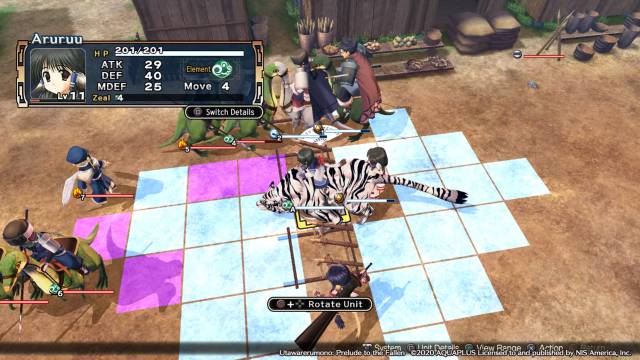
Among the extra options that the game has, there is a glossary that explains in detail elements of the game world, including the different characters of the plot, places, miscellany to expand the lore it presents, as well as the instructions of each one of the tutorials that are presented throughout the game. Additionally, in the bonus section, the game includes gallery options, to see the illustrations of the highlights, events, to be able to relive each of them from beginning to end, music, which allows you to listen to the tracks of the soundtrack of the game, list of objects, to see those that have been obtained throughout the game and in each of the fights carried out, as well as an extra option when completing the entire game.
Playable this title offers an interesting contrast through its two aspects, narrative and playable, which are balanced in such a way that it is interesting to follow the history of the characters while fighting through the different combat scenarios. In this last aspect, the game system is easy to learn and master by controlling each of the different units and their corresponding abilities to achieve victory. It does not result in an Etruscan experience like other titles and the replayability of its phases, through the free battle and training options, make improving the allies not a very tedious experience and even allows you to adapt the times in such a way that the The player himself can decide when to follow the plot and when to level up by fighting, especially by offering access to these options on a regular basis during the game.

Regarding the graphic section, the game combines 2D scenes for novel visual style sequences, offering character designs and illustrations with a remarkable quality, along with 3D-style tactical combat phases, which show characters somewhat simple and with a certain air of super deformed style, but they do not clash and are even striking when it comes to playing. In general terms in this section the game stands out enough to be striking.
Regarding the sound section, this version has included the option to listen to a special extended version of the soundtrack, which includes themes that appeared in the other two titles of the series, or to choose the original version of it, which includes the all of the tracks from the original game along with some tracks with new arrangements. Among some of the themes, the opening vocal theme stands out, Kimi Dake no Tabiji, while the rest of the compositions offer different sound contrasts, in certain cases themes with a marked oriental style, which are heard during the game, enlivening both the different game events such as each of the combat phases.
CONCLUSION
With this latest installment, the history of the Utawarerumono series is completed, completely closing the circle that at the time opened the arrival of Mask of Deception and that continued with Mask of Truth, the last episode of the trilogy. This version of the first game follows the standard of playability offered by these titles, giving the player the opportunity to know the origin of the story and its connection with the two subsequent games. The development of the story and the evolution of its characters through it together with a simple combat system in mechanics but effective when playing are its strengths, although, unfortunately, it falters in the language, which is still the pending subject of titles of this cut.
THE BEST
- Playable, it offers a reasonable balance between the new visual style phases and its tactical combat system.
- Varied and charismatic cast of characters.
- The development of the story is interesting, offering nuances of the game world as well as backgrounds of each of the characters.
- Good amount of additional extras in addition to offering extensive replayability.
WORST
- Texts in English.
- Perhaps it could be an uninteresting title for those who love more direct gameplay.
Very good
Game with a remarkable finish that we will enjoy and remember. A good purchase, highly recommended for lovers of the genre. It is well cared for at all levels.
